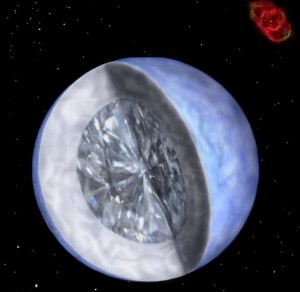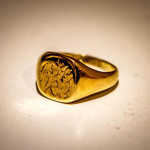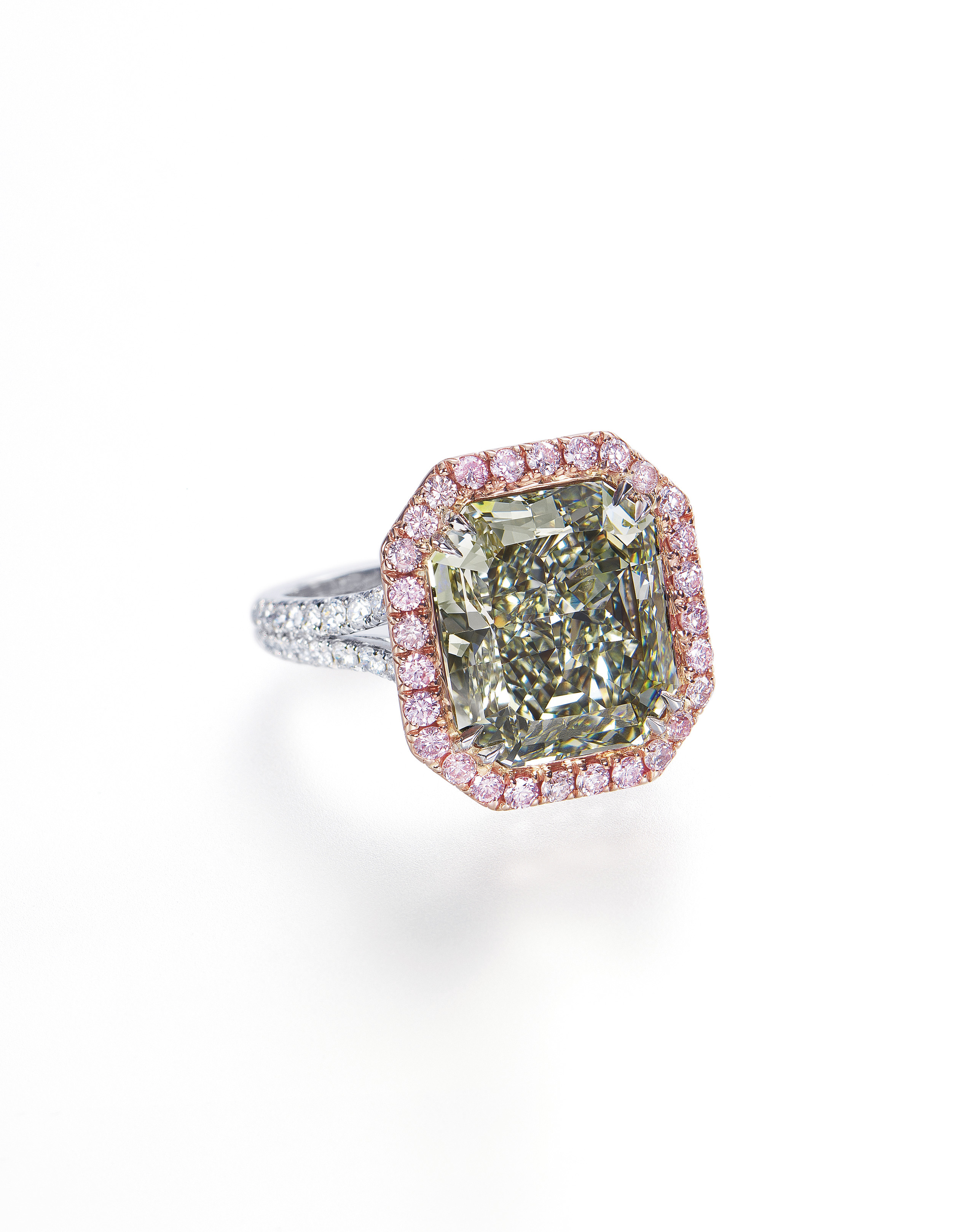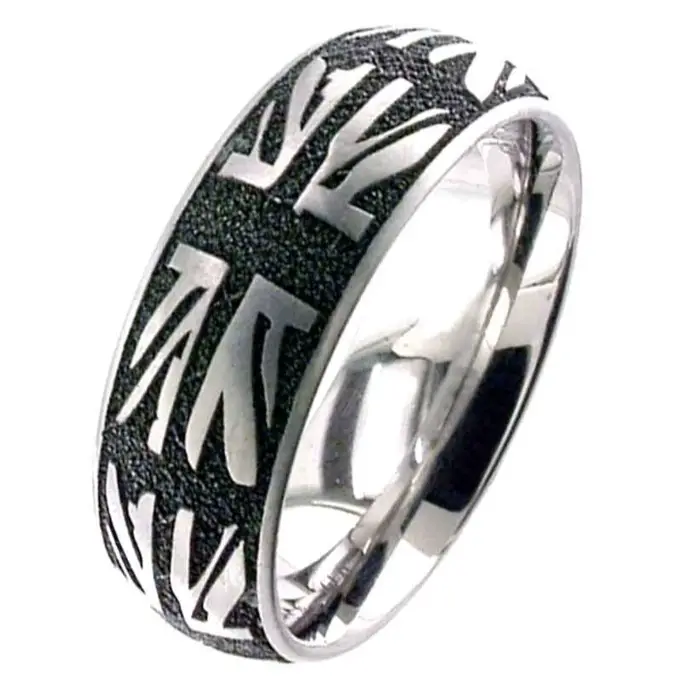 Diamonds are obviously beautiful, and worth a lot of money, and very traditional when it comes to engagement rings. But how much do you really know about them? Believe it or not, there are more than a few misconceptions out there about those sparkly rocks. We’ve rounded up the myths and facts here…
Diamonds are obviously beautiful, and worth a lot of money, and very traditional when it comes to engagement rings. But how much do you really know about them? Believe it or not, there are more than a few misconceptions out there about those sparkly rocks. We’ve rounded up the myths and facts here…
Lab Grown Diamonds Aren’t Real…
Diamonds are an organic material, formed deep in the earth’s crust over millions of years. The youngest diamonds are at least 900 million years old. However, scientists have successfully perfected the process of growing diamonds in labs, and can produce diamonds averaging 2.5 carats in as little as 4 days! These are sometimes called ‘synthetic’ diamonds, but despite the name they are exactly the same as real diamonds in their chemical make-up, their appearance, and all other properties. The only difference is they were created in a lab! Think of it like a baby born through a surrogate; does the circumstances of its birth make it any less of a human? Stones like cubic zirconia however, that appear to look like diamonds but have a completely different chemical composition, are most definitely not real diamonds.
Diamonds Are Rare…
Actually, they’re not really. There’s a plentiful supply of diamonds left in the earth even after several decades of mining. They can’t be all that rare if almost every bride gets one, right? This myth comes from De Beers, the jewellery company who in 1938 executed a stellar marketing campaign that is the reason why engagement rings, and diamond engagement rings in particular, are now the norm for all couples set to marry. Through various not exactly ethical methods, they gained control of the rough diamond trade in South Africa (where most of world’s supply is) and deliberately manipulated supply and demand of the stones over several years. The only reason they were once considered rare is because De Beers were holding huge warehouses full of uncut diamonds, waiting for market prices to rise so they could make the best profit!
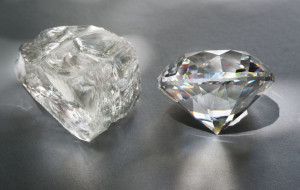
Diamonds are Forever…
There is in fact some truth to this one. Diamonds are made from carbon, which is the hardest naturally occurring substance on earth. Harder substances have been created in the laboratories, but they are extremely brittle and have little or no practical use. Diamonds are so hard in fact, that the only thing that will cut diamonds is more diamonds! It takes a huge amount of skill, time, and effort to cut a diamond from a rough stone into a gem for a piece of jewellery – something many people don’t realise!
Diamonds are Found Deep Underground
This is true, diamonds are formed 100 miles beneath the surface of the earth and make their way to the surface through volcanic eruptions. However, that’s not the only place they’re found. There’s also plenty of them floating around in stars, planets and various other objects in space. In fact, there’s a planet in the Milky Way that’s composed entirely of carbon and is almost one third pure diamond! It was discovered in 2004 and named ’55 Cancri e’. There’s also a star that weighs somewhere around ten billion trillion carats, named Lucy after the Beatles song ‘Lucy in the Sky with Diamonds’. Imagine having that on your finger!
Classical Myths
Diamonds have been around for a long time – historians believe diamonds may even have been traded in India as early as 800 BC. As such, ancient societies associated plenty of myths and legends with diamonds. The Greeks and Romans believed that diamonds were tears cried by the gods, or splinters from falling stars. Romans thought that Cupid’s bow was tipped with diamonds. They at least had an inkling of its hardness however; the word ‘diamond’ comes from the Greek ‘damas’, which means invincible or indestructible. Ancient Hindus believed that diamonds protected the wearer from danger and gave strength and courage during battle; they often used them in armour, or in the eyes of devotional statues.
